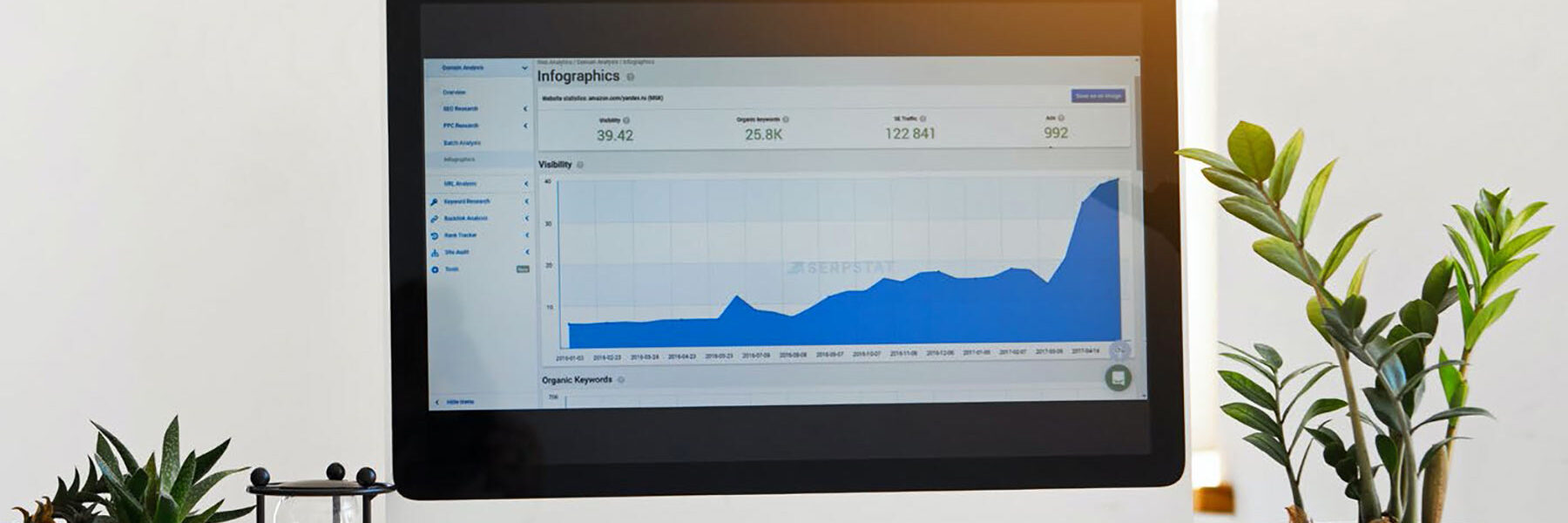Fundraising analytics can provide us insight at scale to meet the size of our databases, helping us extend the reach of our knowledge and experience beyond what we would otherwise be able to do. It takes the information we collect in our donor databases and turns it into actionable knowledge that informs strategy and sets many organizations on new paths to success.
One of the great strengths of analytics is its reliance on existing data that we already have recorded and ordered—giving history, event attendance, participation on boards or committees, membership in a giving society—from which we can quantify an individual’s level of connection to our organization. Analytics informs campaign goals and clarifies fundraising potential. It refocuses stewardship efforts. It reexamines which donors are targeted. It identifies prospects already on file but not being cultivated.
In fact, the fundraising field—and especially larger shops—has become incredibly proficient with analytics. We have seen analytics evolve from a project to a process, to becoming an integral part of strategic fundraising and well-developed programs. With this implementation success, a new challenge emerges. Analytics has been revised and optimized where now many shops have reached their reasonable maximum efficacy: We have “mastered” traditional analytics.
We have reached this point, in part, because of one of the great limitations of analytics. It reflects traditional CRM data storage and captures only who people are and what they have done. Traditional analytics provides measures of connection based on what has happened, but does not necessarily reflect how the donor feels about the organization at any given time. Does the donor who looks connected actually feel connected? Should we consider everyone who is not philanthropically engaged today to be poor prospects for the future as well?
This article was originally published in the Winter 2021 issue of the Association for Healthcare Philanthropy’s Healthcare Philanthropy Journal.




